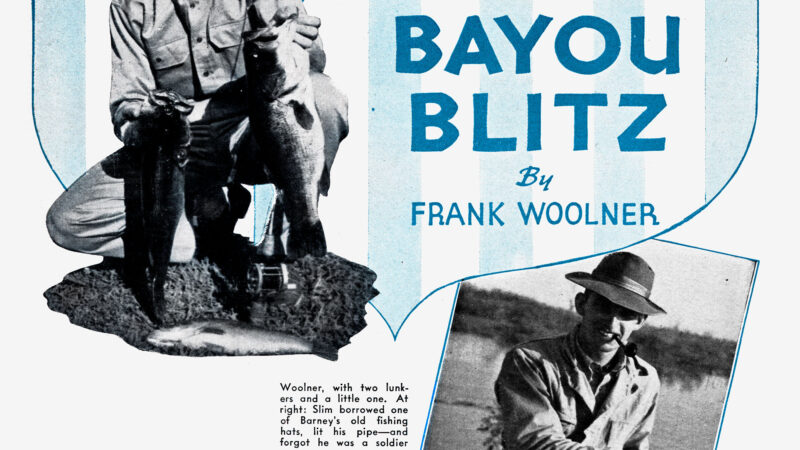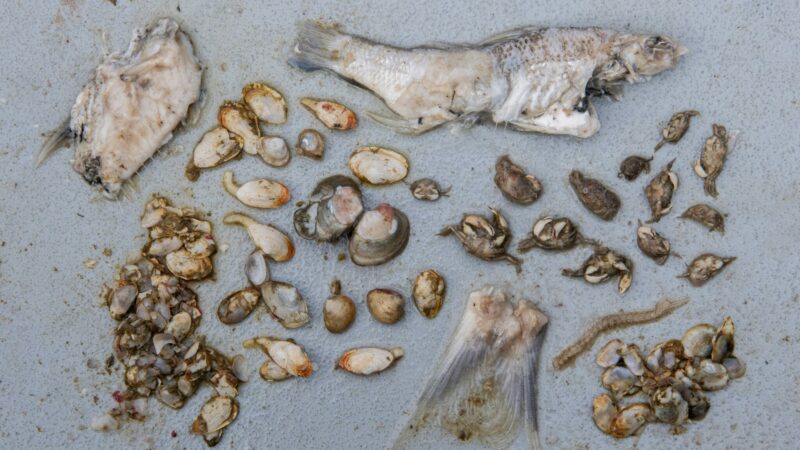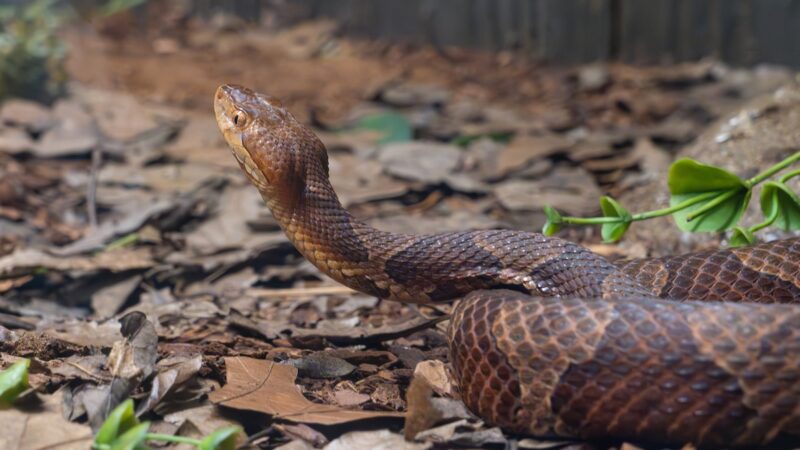How to Hunt Late-Season Canada Geese When You Can’t Get on the X
We may earn revenue from the products available on this page and participate in affiliate programs. Learn More ›
Finding the X (the spot where geese are feeding) is easy; getting access to hunt it usually is not. In the last decade, it’s become increasingly difficult to hunt the agriculture fields that waterfowl want to be in. Landowners have become stingy about who they allow on their property, and more and more outfitters are leasing up land, making it difficult for the average guy to get access. So, you have to target fields that geese are flying over, from the roost to the feed, and try to kill them that way.
I’ll caution you, it’s not easy. There’s a reason only 1 million or so hunters are waterfowlers (even fewer chase late-season geese). But there are some tactics that can give you an edge over the honkers. It just takes the right weather, diligent scouting, and a trailer full of gear. Here’s how to target these wary geese when you can’t get on the X.
Don’t Hunt Traditional Locations
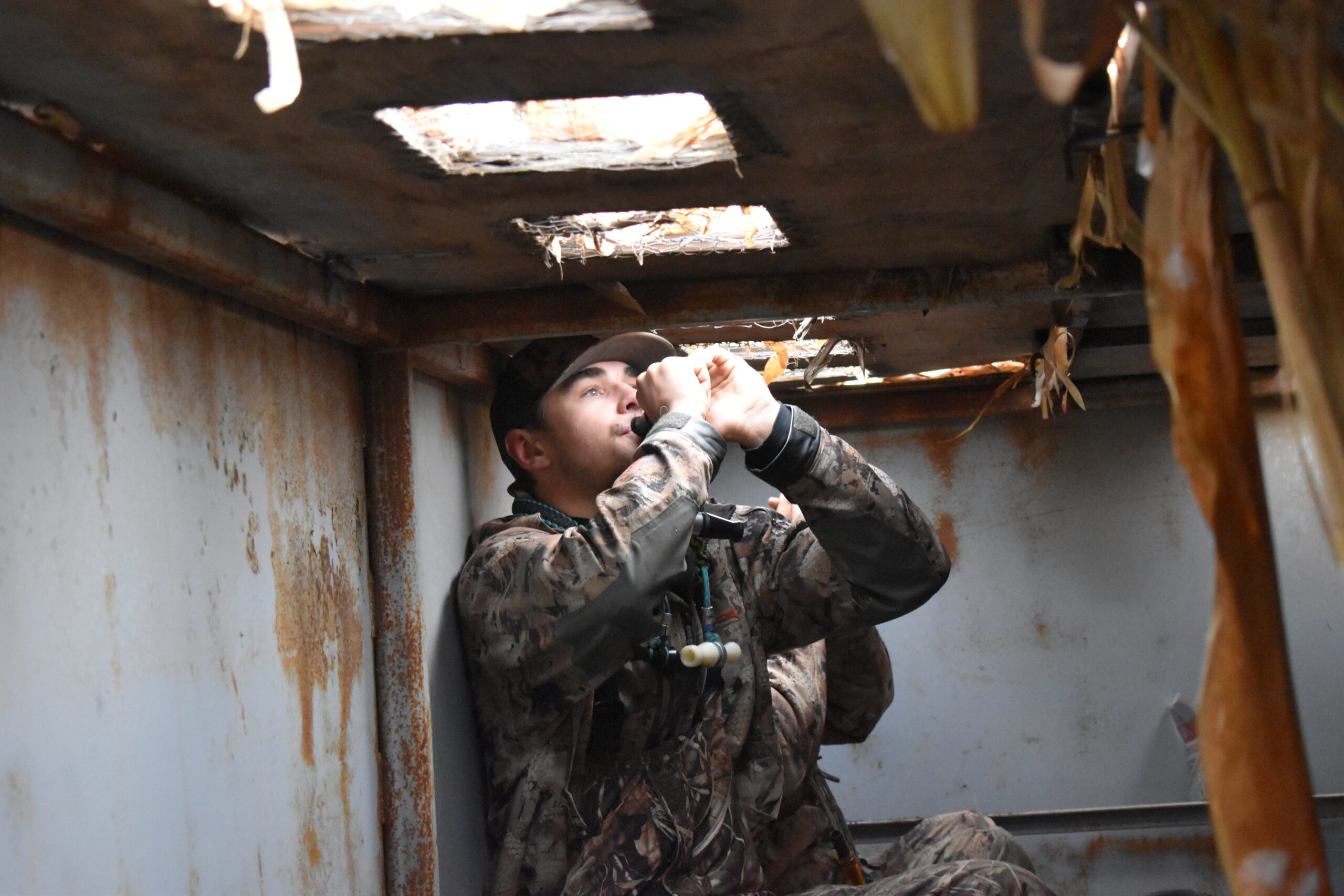
I grew up field hunting giant Canada geese in the Illinois River Valley from leased pits, so we didn’t have many options to move fields when birds didn’t come our way. That made it impossible to trick honkers into the decoys. I learned real quick that if you can’t get geese over top of you, it’s near impossible to kill them.
In traditional goose hunting locations, it’s not easy to stay on the birds because there’s a pit in every corn or bean field. You’re stuck in a single location unless you have a network of buddies with multiple pits. But that is a rare circumstance. Instead of blowing cash on a leased pit that won’t produce much, spend your hard-earned money on a trailer, more decoys, and different styles of blinds. Then you need to find an area that doesn’t get loads of pressure, which is also tough, but less frustrating than watching birds fly over your neighbor’s pit (not yours) for two straight weeks.
The fringes of mid-sized cities are a good place to start. There’s typically always open water from man-made ponds close by in subdivisions or apartment complexes that geese roost on. And those birds often fly to agriculture fields that are just outside city limits. I’ve also found that landowners in these places are apt to give hunters permission. Many of them are ticked off that urban sprawl has infringed upon their wish to live in the country, away from hustle and bustle of soccer-moms speeding along in their minivans. And what better way to get back at the yuppies than by letting a couple of goose hunters shoot their shotguns at 7 a.m.? Jokes aside, it’s a damn fun way to hunt. Fields are typically smaller, so honkers have less real estate to skirt your decoys and it’s easier to set up in case you have to walk in. Just be sure you’re legal. Different states have different laws about hunting inside and outside city boundaries.
Read Next: Best Goose Decoys
Find Hard Water
One of my favorite options to kill honkers is on a frozen pond as they fly back to the roost or day loaf from a feed. We run almost all sleeper shells on the ice and then take field decoys off their stands and place them belly down on the banks. Silhouettes are also good for increasing decoy numbers. This time of year, geese are hunkered down or go straight to their stomachs once they land (mostly to melt the snow and expose waste grain). And honestly, honkers love the ice. I’ve seen huge numbers of Canadas hanging out all day on the frozen Illinois River backwaters when it’s negative 15.
The key is to sleep in. Let all or a majority of the birds pass over the pond, and then go put the decoys out. I’ve tried this setup as geese come off the roost, and it doesn’t work as well. They want to go feed first, plus if they see you setting up the rig on the flight out to their field, they will remember that and keep on flying to the refuge after they’re done eating. So, exercise patience. Go to Casey’s and get a cup of coffee and slice of breakfast pizza, and chill. I know most of you are anxious to get out there but playing the waiting game will serve you well.
Snowy Sod Farms
Sod farms are common outside some of the cities we hunt, and though I have never been able to get permission on one, I have seen this tactic employed, and it’s highly effective. After a fresh snow, put the white covers on your layout blinds or spray paint them white (you can spray them back to brown for next fall, don’t worry). Then you need to use a few gas-powered leaf blowers to blow the snow away and expose a green patch of grass.
The geese flying above will see all this white, and then boom, there’s a swath of the green stuff. Honkers will drop straight down from the sky like they are falling down an elevator shaft. Just be sure to check with a local game warden about this tactic, because some of them have different interpretations of what baiting constitutes. I talked with a warden here in Illinois and he didn’t see any laws against it because you are manipulating the field (just like flooding corn) not the crop. A trusted friend, who is also a former outfitter, also told me he couldn’t see how it would be considered baiting, but please make sure to call the man in green. I don’t want to get you a ticket.
You Need More Than Just Silhouettes
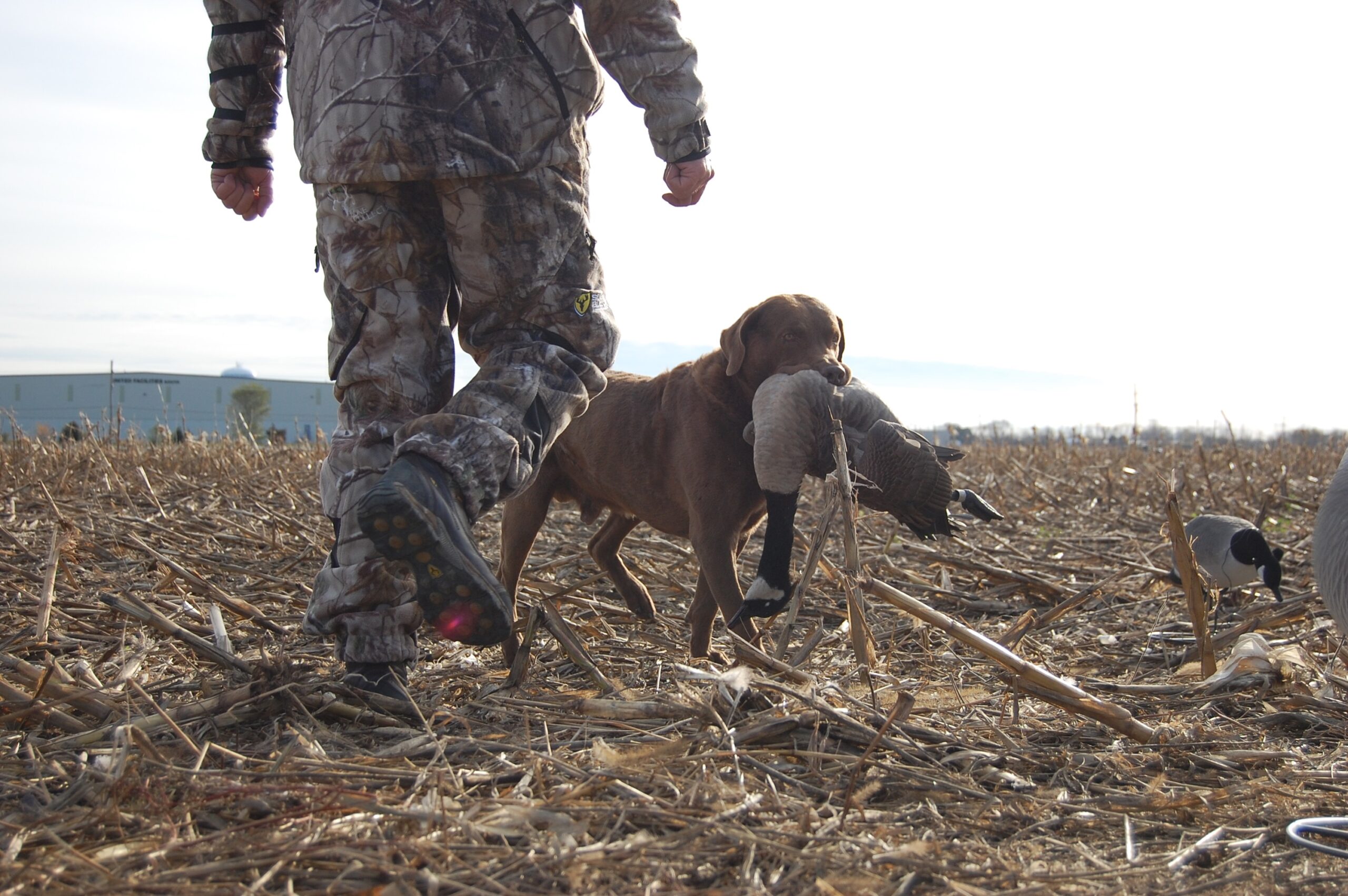
I love silhouettes, but their popularity (because they are so much more affordable than full-bodies) is making goose hunting more challenging in a lot of places. Tanglefree, Big Al’s Decoys, Real-Geese, and Dive Bomb all make a great product, but too many folks think they can buy two-dozen 2-D decoys and kill wary honkers over them. Well, you can’t.
Utilize silhouettes as a part of your arsenal of decoys. Mix them in with full-bodies and sleeper shells. Molt Gear owner and champion caller Scott Threinen, who hunts stubborn Canadas in Minnesota, once told me that he never shows honkers the same spread in the same season—they’re that intelligent. And if you hunt the Mississippi or Atlantic flyways, you will find out real fast how educated these birds have become. So change it up every time you hunt.
Adding Motion
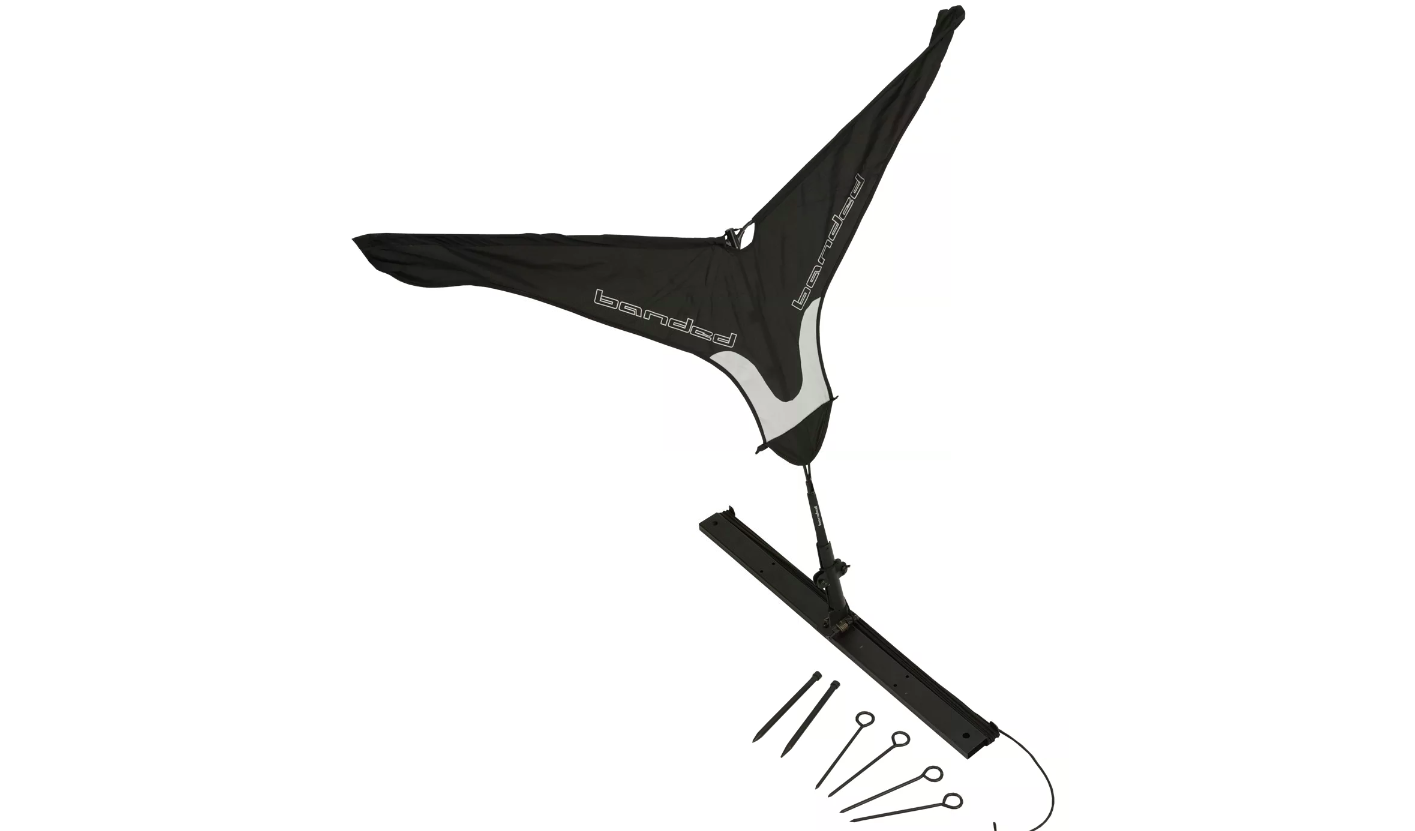
The kind of motion you show to birds coming off the roost is incredibly important. Every goose hunter waves a black flag to get the attention of honkers. Well, one flag probably isn’t going to get it done late season. I like to put a flag in every hunter’s hand and let them waive it at will until the birds get to about 250-300 yards. Then the experienced hunters in the group take over and give little flutters with the flags that don’t go above the heads of the decoys. If the geese turn away from us, we will raise the flags a little higher. But remember, geese have 360-degree vision, so stay hidden.
The best option is to get the motion away from your position. Molt Gear used to make a jerk rig goose flag called the “Magic Mike,” and if you come across one, snatch it up. What’s great about the flag jerk rig is you can control it with a string from the blind and stay completely concealed. Pull hard on the string to make the flag stand up when birds are far away, then lighter as the they approach to give them added confidence that your rig of fake decoys is the real thing. Lucky Duck also makes a remote goose flapper decoy that accomplishes this same goal (but with battery power).
Also, I like to add different colored flags into the mix, particularly on sunny days. There are duck flags, snow goose flags, and other goose flags with camo prints on one side, and they pop really well in the sunshine. But you don’t want to use them when dark geese get close. Just use them as an attention getter.
The Hide Is Critical
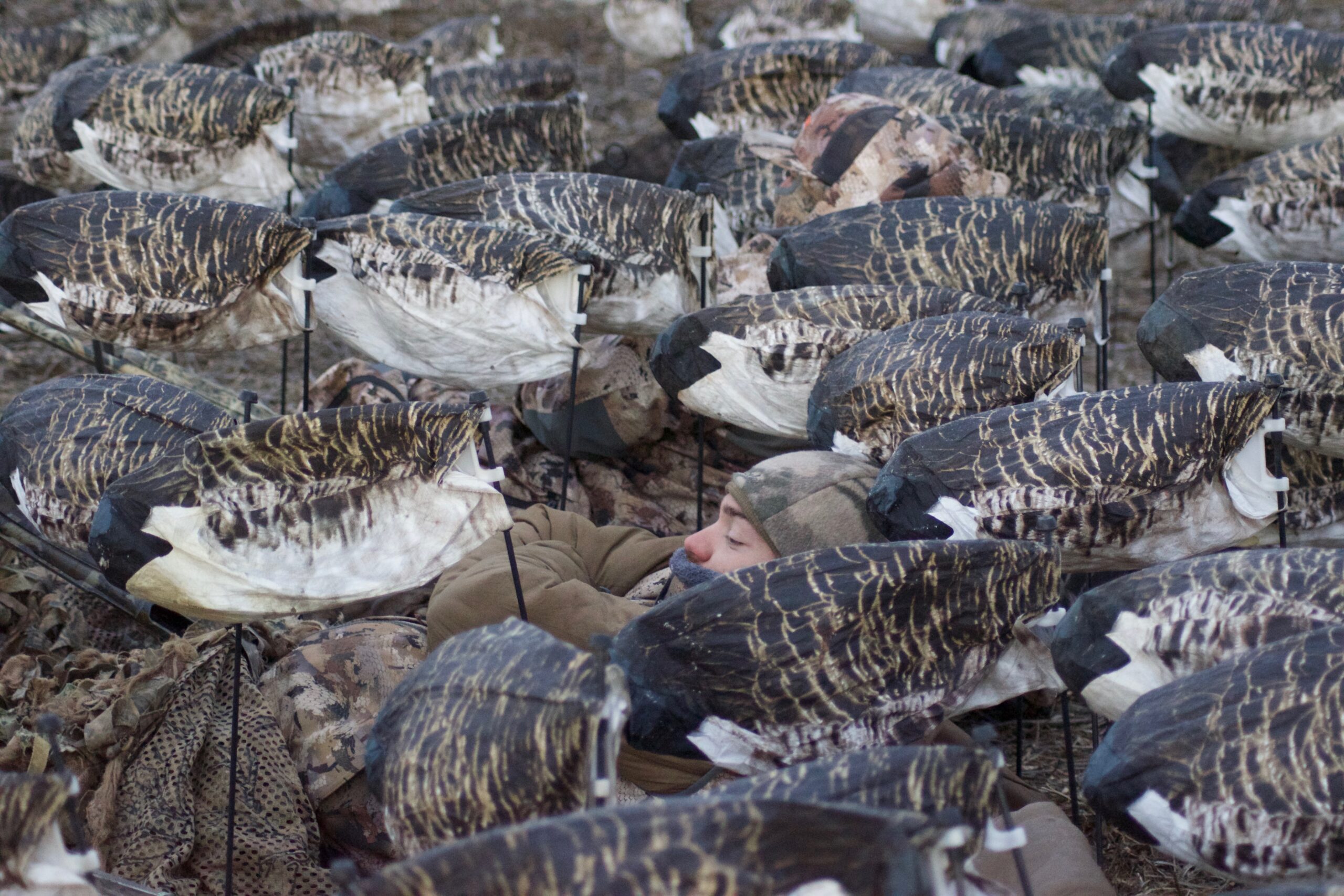
A big honker will look for any reason not to touch their paddles down and land with the rest of the birds on the ground. So, it’s vitally important that you keep their eyes focused on the decoys, and the hunters hidden. The best way to do that is by taking fewer people afield at a time. The more hunters, the more chances someone is pie-facing birds. You have the option to either not invite as many buddies or run them in shifts. If the conditions are right and goose numbers are strong, the birds should fly long enough for you to get two groups of four or five friends plenty of shooting. Each hunter doesn’t need to fill a limit before you swap people out either. Get into a few flocks, then bring the next group in for some action.
For blinds in the middle of a field, I like to get as low profile as I can or make the blind look like a pile of brush. If we’re going to be laying on the ground, I go to a Tanglefree Ghost Blind, Flight Swag Blind, or a MoMarsh Ivisi-Lounge. Rancho Safari also makes ghillie blankets you can use to stay concealed. If there is snow on the ground, I just buy cheap white bed sheets from Walmart and cover up.
I don’t like using layouts in this scenario because geese have figured out that those huge lumps laying in the corn are dangerous. I only use them in a hedgerow or if there is enough cover on the bank of a frozen pond.
You can also go with an A-frame blind. There are several commercially made ones available, but you can make your own as well with a few snow-fence posts and hog panels. You just drive the posts into the ground and set the panels up against them. Brush it in by zip-tying tall grasses to it, or you can just cut cedar limbs and lay those on top of the panels. If there is snow, bring a shovel, scoop some up, and sprinkle it on the brush. It’s unnatural to have a big green blob in the middle of a cornfield.
And if you can help it, don’t hunt with the wind at your back and the kill hole out in front of you. That setup will allow geese to be staring right at the blinds on approach. Try and hunt off to the side of where you want the geese to land. Then you can shoot them as they hook into the hole. You won’t be killing them in the decoys, but they will be less apt to flare.
Play the Weather
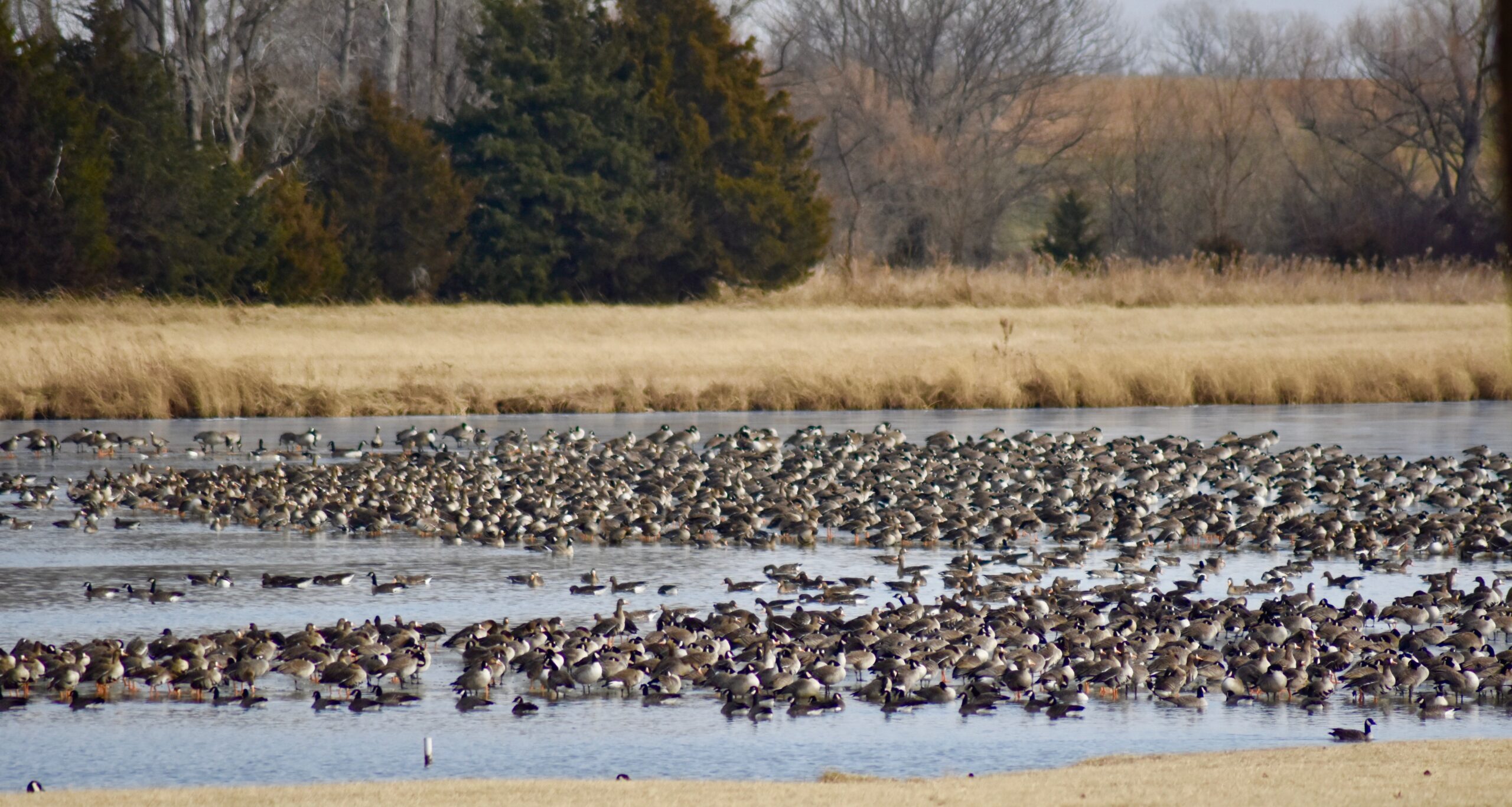
In the late-season, temperatures will drop into the single digits and even negative numbers. When this happens, geese—like most wild animals—are going to wait until the warmest part of the day to move. There might be an early morning trickle of birds, but the majority of honkers aren’t going to fly until the temp rises.
On cold, sunny days, I don’t like to get to the field until 8 a.m. We will set the rig, unload all our gear, drive the trucks back to road, and wait. There’s no reason to freeze your butt off until the birds start flying, so once they do, then get out and walk to our blinds. If you miss the first bunch it’s no big deal because there will be more as long as you have done the proper scouting and know there’s plenty of honkers on the refuge. Just realize, geese are only going to move once in frigid conditions. If you go early and leave before 10 a.m., or target the evening flight, it’s likely to end in a skunk.
Read Next: Best Duck Hunting Jackets
A hungry goose is as susceptible to being killed as a 3-year-old buck during the rut, so if it’s snowing and windy get out there and hunt. Geese are going to have to feed hard on days like this. Or, maybe they are getting the hell out of Dodge and need to hit the field one more time before heading south—it could be your last chance to shoot limits.
If the area you hunt has been frozen up for a few days or a week and a warming trend is coming, that’s a good time to catch geese heading back north. Most all waterfowl want to stay as close to the breeding grounds as possible, so they can expend as little energy as needed on their return to the prairie. Any time birds have the chance to get further north, they will take it, and you should be ready. If you have access to a pond, cut a hole in the ice and get the ice eater going. Birds will be looking for open water, and you will have just turned your traffic spot into a honey hole.
The post How to Hunt Late-Season Canada Geese When You Can’t Get on the X appeared first on Outdoor Life.
Source: https://www.outdoorlife.com/story/hunting/the-best-ways-to-run-traffic-on-late-season-canada-geese/



